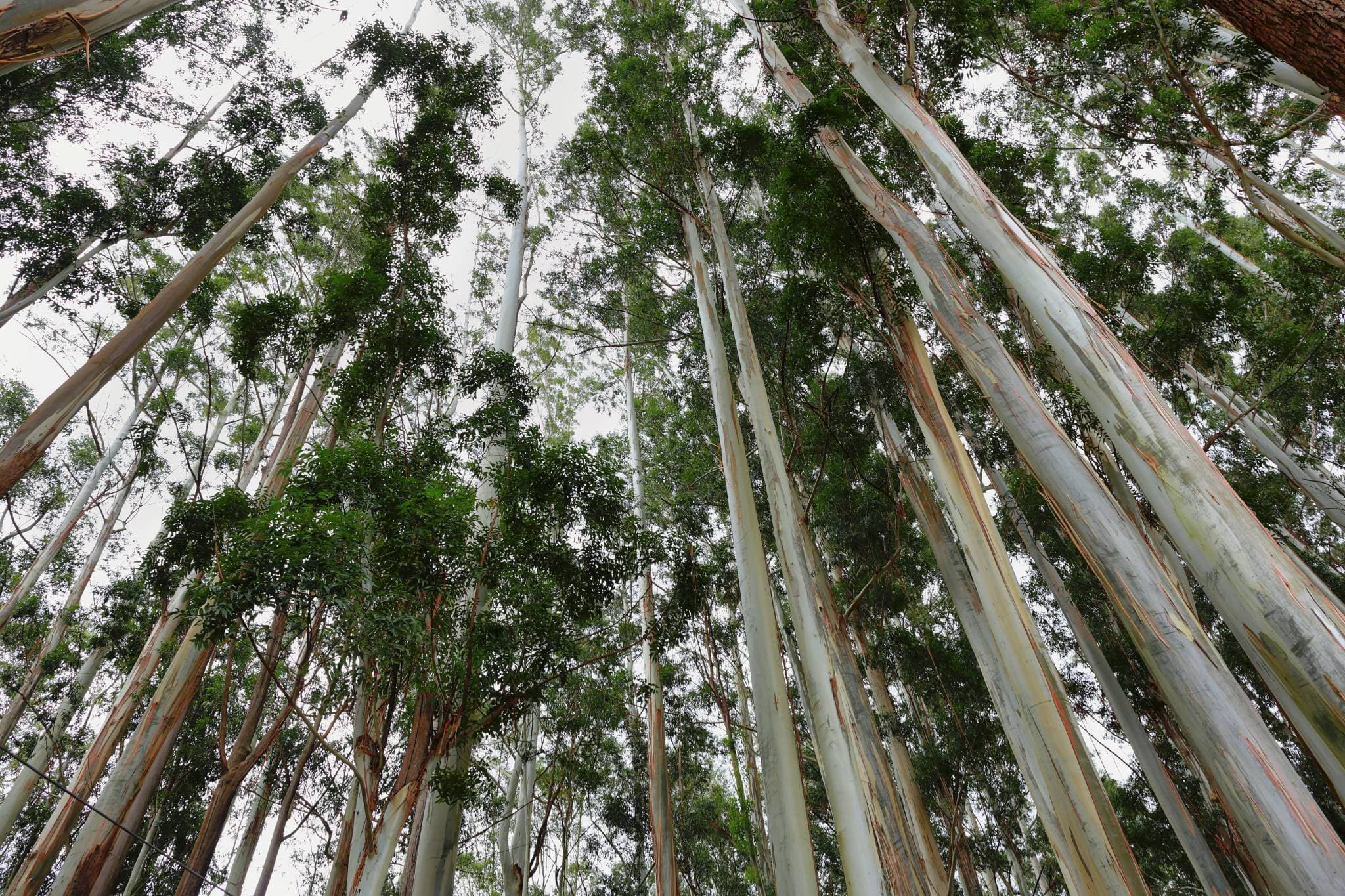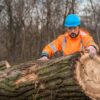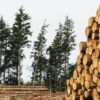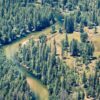Monthly Reports October
October 2022.
A very mixed bag this month with uncertainty and unpredictability being the order of the day. So much what we can say about the market generally, dovetails back to COVID and wider China lockdown policy which is stifling their manufacturing and constructions sectors, hence, the log and lumber trade.
As with many NZ commodities and their reliance on the China economy, the wood fibre trade is experiencing reducing demand with little sign of correction. Indeed, commentators are suggesting let’s just forget 2022 and regroup after China New Year 2023.
In terms of NZ forest growers, falling log export sales prices, have been very much softened by reductions in shipping rates and the reducing value of the Kiwi$ against the Greenback. Prices at the wharf gate NZ in October have changed very little, despite the CFR rates in China falling.
Across the key export log trade October indicators:
- Sales price, US$CFR132 per cubic metre compared to US$168 in 2021
- Shipping rates, US$50 per cubic metre compared to US$79 in 2021
- Daily consumption across the China eastern seaboard, 55,000 cubic metres per day compared to 80,000 in 2021.
- FOREX rate, US$0.5600 compared to US$0.6900 in 2021 (average month to date)
The trend of reducing CFR rates against a backdrop of reducing Shipping and FOREX rates looks to be our lot at least until Christmas. How the China President settles back into his easy chair of an assured future as the supreme leader, will very much impact the wider market demographic.
In a wider sense and in terms of how the international wood fibre trade is playing out at present, many eyes are on the Ukraine travesty. For the moment, Russia is out of any significant fibre supply equation with the world basically shunning any advances. This, combined with a declining Europe beetle harvest programme, sees NZ achieve continuing dominance in fibre supply to China by a significant margin.
When the reference is to wood fibre, this is to the log and lumber trade, together with the many component parts. Whilst logs travel to China in Handy Class bulk vessels, lumber from NZ sawmills, normally heads there in containers.
Unlike bulk shipping rates, container rates are not falling, placing significant pressure on our sawmill owners. High costs together with all sorts of complexities around geƫng ships to pick up containers, is creating a lot of headaches with some eying the log price pencil sharpener.
Our sawmill customers also report the heat has very much gone out of local sales with any supply backlog quickly disappearing. The challenge in all of this is the maintenance of price and volume within the constraints of a significant increase in costs to produce.
Bulk shipping rates are falling as a consequence of supply demand. In round numbers NZ forest owners require about 40 log vessels per month, each carrying about 35,000 cubic metres of logs. At present, about half the required number are picked up as bringing bulk products to NZ like fertiliser, animal foods and rather shockingly coal – don’t get me going on that one!
The majority of the rest pop down to NZ having discharged at an Australian port whilst a few ballast down to NZ empty, typically from China. The latter are often on longer term charter party Agreements covering several log cargos over several months at fixed prices or moving prices with agreed triggers.
The current significant reduction in shipping rates is the direct consequence of supply/demand, and to a lesser degree the cost of ships fuel – bunker. The two-edged sword is of course, shipping rate reductions in good part reflect slow China manufacturing and constructions sectors.
We can only hope demand for ships rebound at or about the same rate as the demand for logs and prices increase. Such symbiosis is of course highly unlikely if history is to repeat.
As always People, please remember the thoroughly important message, “It remains, as always, fundamentally important, no matter the challenges, the only way forward for climate, country and the planet, is to get out there and plant more trees”!
Allan Laurie.
Laurie Forestry.












